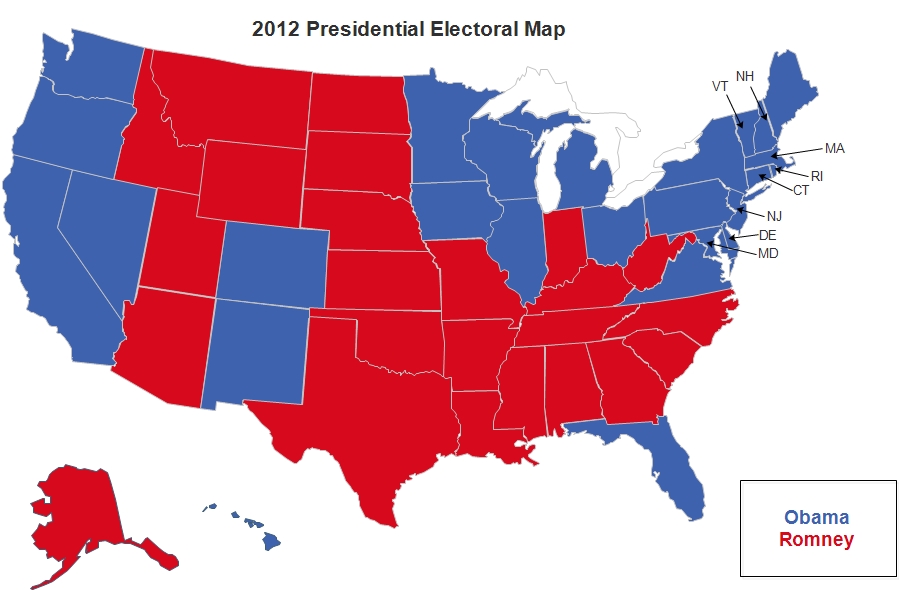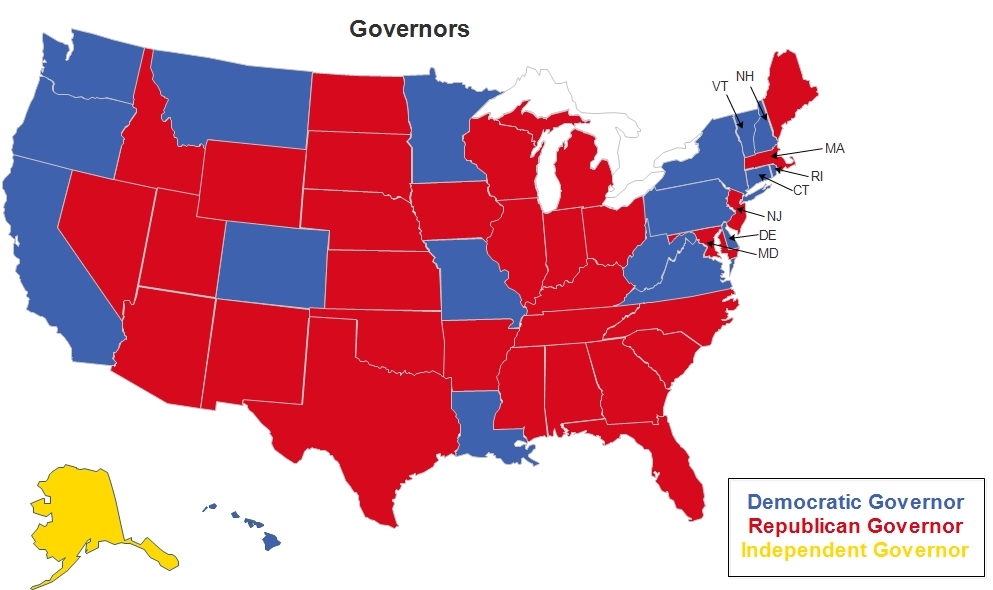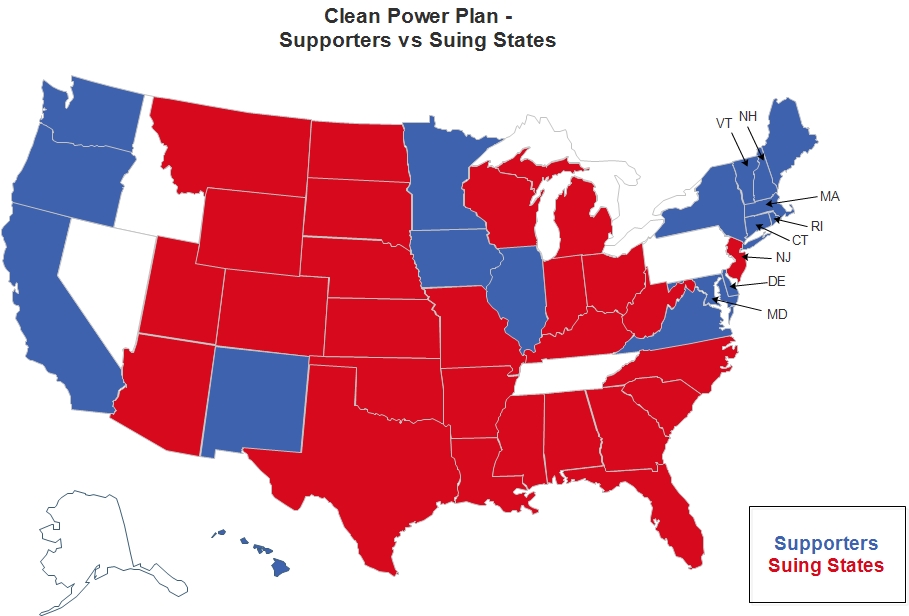
Roughly a year and a half ago in Clean Air Act 111(d) – Machete Required, I outlined why the Clean Power Plan (CPP) was poorly constructed because it is unworkable under the Clean Air Act as written. Then, of course, earlier this year, a month ago to be more precise, I started to investigate how the final plan would work in the January 25th and February 1st posts.
On February 9, at 10:58 AM, I replied to an internal email about a tangential subject of grid stability that the CPP would probably be upheld because Chief Justice Roberts has demonstrated that he is a rationalizing appeaser. At 5:48 PM the same day, I received a news alert from The Wall Street Journal that the court had stayed[1] the plan until it works its way through the legal challenges. Jeff’s record on various Supreme Court decisions in the past few years is roughly 0-12.
Legal Implications and Fallout
The Wall Street Journal (Journal) reports that “Challengers seeking stays must overcome fearsome legal criteria, and they are rarely granted.” In other words, this was an extraordinary stay in response to a legally flawed rule/plan. The Journal opines that the political strategy of the CPP was to emulate the result of the Mercury and Air Toxics Standards or MATS. As a result of MATS, utilities across the fruited plain had already achieved compliance and THEN the standard was tossed by the Supremes. The Journal quotes the EPA “gloated”, “the majority of power plants are already in compliance or well on their way to compliance”.
This was not to happen again with the CPP.
Because the rule/plan was a “unilateral gambit” per the Journal, it was always very vulnerable to being tossed one way or another. It could, for example, be overturned by the next president.
The Law
I spent a couple hours trying to unwind the labyrinth 111(d) and the other sections it references in the Clean Air Act – to no avail. After examining that and other sources, I can only conclude this is not a black and white issue. The one page stay, straight from the court, provides no indication for the logic behind it. In fact, the MATS ruling by the Supreme Court did not strike the regulation of mercury emissions. Rather, it rejected the standard because it did not properly account for the cost of the standard. The same could apply for the CPP.
In addition to vulnerability of being overturned by the next president, the CPP faces these obstacles and precedents:
- It has similar cost/benefit issues that MATS has.
- More than half the states in the union have filed suit against it.
- As mentioned in my February 1st post, the CPP would create and encourage a mechanism for carbon trading. Carbon trading was rejected by a Democrat, filibuster-proof senate in 2009.
- Precedent holds that the EPA cannot make “decisions of vast economic and political significance”.
- It oversteps the “system of emission reduction” which gives the EPA authority to regulate plant-level equipment and practices but not the entire fleet of generating assets.
- The CPP “commandeers” states to do the dirty work for the EPA. This is similar to the Supreme Court’s ruling that the federal government cannot force states to vastly increase their Medicaid rolls via the Affordable Care Act.



Political Theories
My theory is that the further away and larger the governing entity is, the fatter and more out of control it gets. The politics of city governors and mayors closely align with constituents.
State governments are further removed but are still infinitely closer than Washington DC. Our form of federal government does not protect constituents from being gouged by pork barrel spending. Instead it encourages officials to bring home the constituents’ fair share. Where’s MY stuff?
How else can one explain states like Iowa, Wisconsin, Illinois, Michigan, Ohio, and more stunningly, Maryland, New Jersey, Florida, and Massachusetts (Massachusetts!) selecting Democrat for president and Republican governors? To be clear, both sides bring home the pork, only the cuts are different. I, for example, prefer bacon and barbecued pulled pork. Who doesn’t like bacon?
Therefore, states are far less likely to accept being told what to do from the mothership. Take a look at the similarities of maps shown to the left. Per my theory, I would project that the governor map would more closely resemble the map of states suing the EPA for the CPP. Is that accurate? Meh, a little bit.
The Past and Future
Consider the bright side: we are already half way to the CPP target, and the plan hasn’t even been implemented. How is this? Certainly, production tax credits for wind have made a big difference, but bigger still is the hydraulic fracturing revolution for natural gas. This has driven the cost per Btu for low-carbon natural gas below that of coal. Amazing!
The death of conservative, constructionist, Justice Antonin Scalia adds a little more uncertainty to the mix, but I will add my likely-to-be-wrong predictions. The Republican Senate led by Mitch McConnell will block any appointment for the remainder of the President’s term.
States are headed in the lower-carbon direction anyway. I think it would be healthier for all involved, including our industry, if the plan is not forced through / allowed to pass. Why? Just ask.
[1] A stay simply means the rule/plan does not apply until the legal challenges are over.






Join the discussion One Comment